
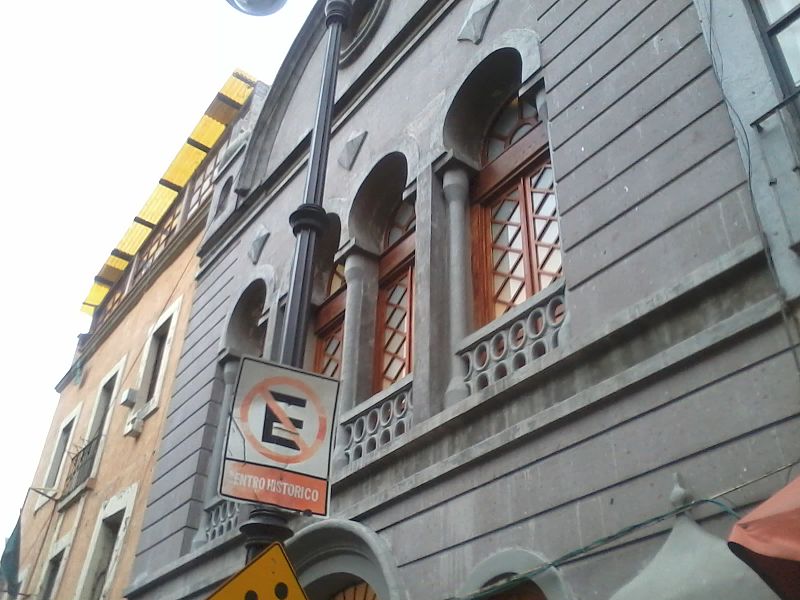
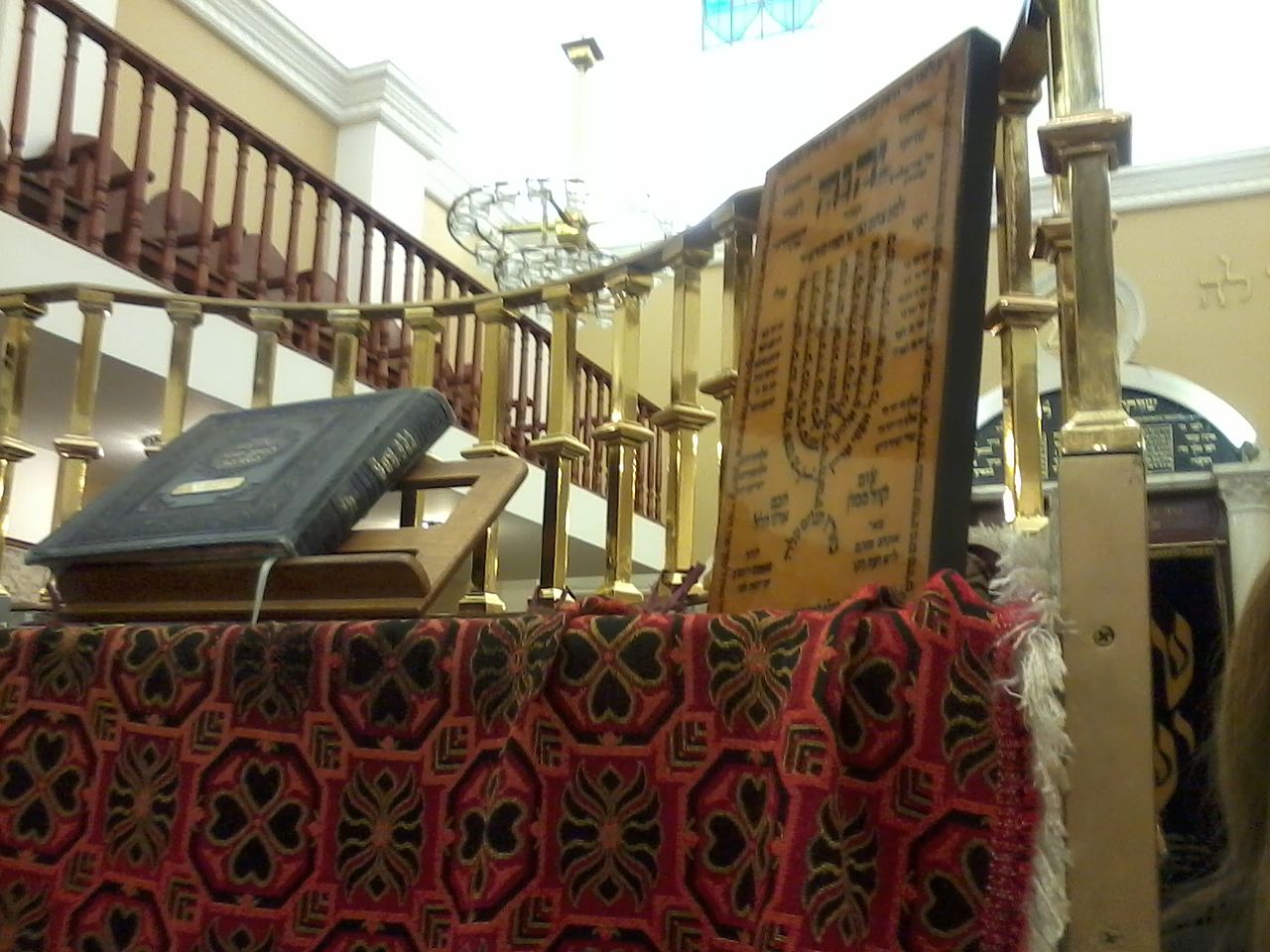
The Monte Sinaí Synagogue is the first Jewish temple to open in Mexico City. The opening followed some decades of heavy immigration to Mexico made possible by the policies of the Porfiriato period. The late 19th century saw increased arrivals of immigrants from Eastern Europe, but especially from Lebanon and Syria. The Sociedad de Beneficencia Alianza Monte Sinaí was begun in 1912 as a service organization for Jewish immigrants, and remains one of the biggest Jewish service organizations in Mexico even today.
The temple was opened in 1923. This was some years after their 1914 purchase of land for a cemetery on the Calzada México-Tacuba, in the Panteones area even to this day. In 1918, the community of some 50 families purchased a house on Justo Sierra street in the City Center where many of the recent arrivals applied themselves as merchants. The house reopened as a temple some six years later. The community had by then been recognized by the Venustiano Carranza government, a first for a Jewish organization.
As the community grew, it branched out and then re-consolidated mostly along the lines of the immigrants’ countries of origins. The Mount Sinai Alliance remained mostly representing Jewish families from Damascus, Syria, and Lebanon. But Ashkenazi Jews (from Eastern Europe), Sephardic Jews (from the Middle East and the Balkans) as well as organizations of families originally from the United States soon grew up along side them.
The Monte Sinaí group soon expanded to Querétaro street in Roma Norte, and later to Polanco. By the 1980s, their center of gravity had shifted still further to Tecamachalco, Bosques de las Lomas, and Interlomas. But the Justa Sierra Synagogue remained an important touchstone and historical reminder as it is today.
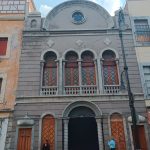 The Jewish community immigrated to Mexico in different stages and from different latitudes. In 1912, the Monte Sinai Charitable Society was founded. It was officially recognized by the Government of the Mexican Republic in 1918. In that same year the Society acquired this land and began construction work. The Monte Sinai Synagogue was inaugurated on September 9, 1923, and consisted of a temple, offices of the Society and a medical office.
The Jewish community immigrated to Mexico in different stages and from different latitudes. In 1912, the Monte Sinai Charitable Society was founded. It was officially recognized by the Government of the Mexican Republic in 1918. In that same year the Society acquired this land and began construction work. The Monte Sinai Synagogue was inaugurated on September 9, 1923, and consisted of a temple, offices of the Society and a medical office.
Heart of México Walking Route: Loreto-San Ildefonso Route
< < Templo de Nuestra Señora de Loreto |Sinagoga Histórica Nidje Israel > >
Proyecto “Corredor de Cultura Digital”.
Nombre de la investigación: Investigación Centro Histórico, Monumentos, Edificios y Puntos de Interés (2023)
Dirección de investigación y diseño de Rutas: Acércate al Centro A.C. Guadalupe Gómez Collada
Coordinación e investigación histórica: Fideicomiso del Centro histórico Dir. Maestra Loredana Montes
 https://www.montesinai.mx/
https://www.montesinai.mx/
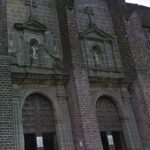
Nearest at 0.04 kms.
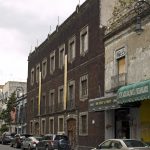
Nearest at 0.05 kms.
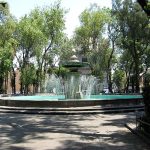
Nearest at 0.06 kms.

A modern graphic collection in an outstanding Baroque palace from the 18th century.

A striking Baroque work by Pedro de Arrieta stands the test of time.

One of Mexico City's earliest temples is today a cultural center and museum.
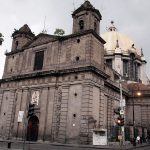
One of the most striking Neoclassical churches in the city center, the Church of Nuestra Señora de Loreto is also one of the most crooked.

A quirky city-center park becomes the final reflecting point for one of Manuel Tolsá's Bucareli fountains.